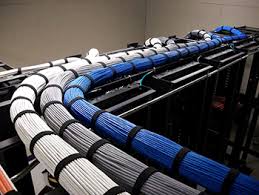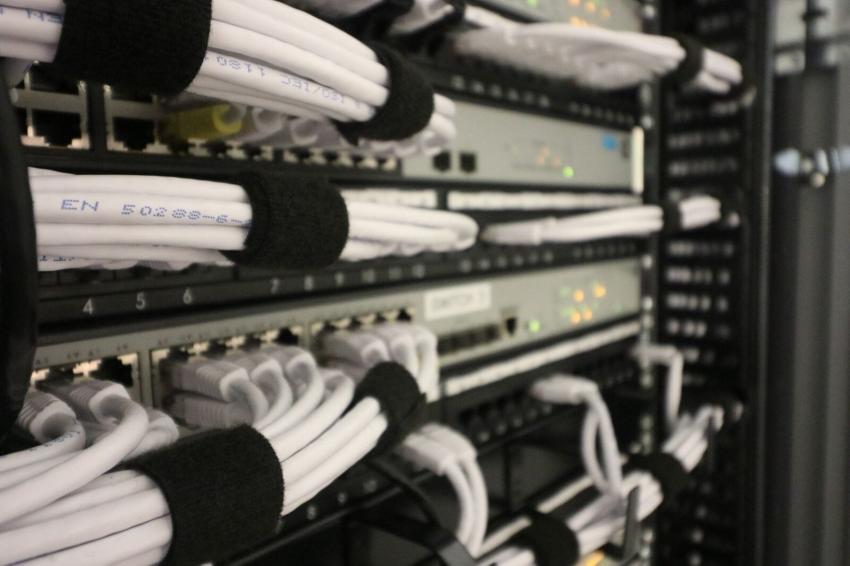Small Office Fiber Optic Cable Installation

Installing fiber optic cable is a game-changer for small offices looking to enhance their internet connectivity. Not only does fiber optic cable provide faster and more reliable internet speeds, but it also allows for seamless data transmission over long distances. The installation process, however, requires careful planning and execution to ensure optimal performance.
One important aspect of installing fiber optic cable is choosing the right type of cable for your specific needs. There are various types of fiber optic cables available, such as single-mode and multimode, each offering different benefits in terms of speed, distance capabilities, and cost. Assessing your office's requirements in terms of data transfer volume and distance will help you make an informed decision on the most suitable cable type.

Another crucial factor in the installation process is properly mapping out your office space to determine the routing paths for the fiber optic cabling. It's essential to consider factors like existing infrastructure (e.g., conduits or ducts), obstacles that may hinder cable placement (such as walls or floors), and potential signal interference from other electronic devices. Working closely with experienced professionals during this stage will ensure that all necessary considerations are made, leading to a more efficient installation process.
In summary, installing fiber optic cable in small offices promises improved internet speed and reliability. By carefully selecting the appropriate cable type based on your office's requirements and developing a strategic plan for routing paths within your space, you can enhance both efficiency and performance. A successful installation will allow your business to thrive by seamlessly handling large amounts of data transfers.


